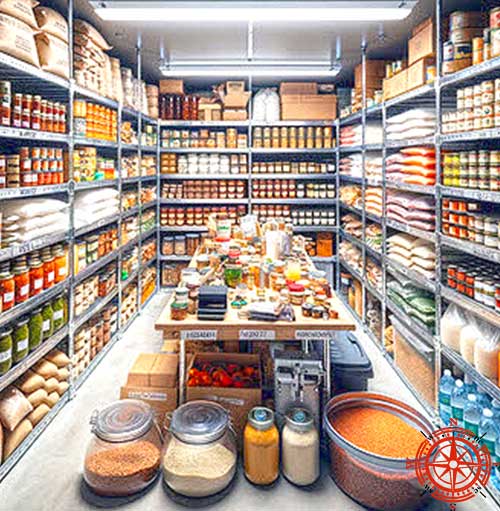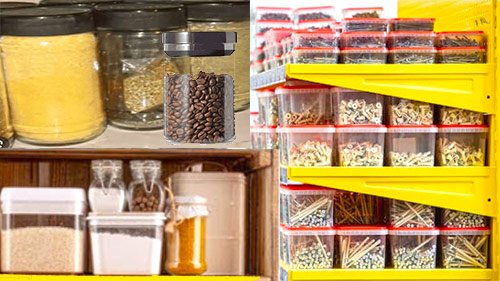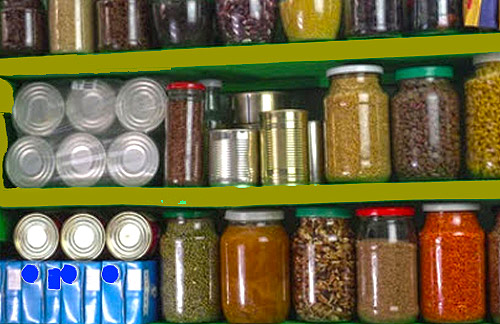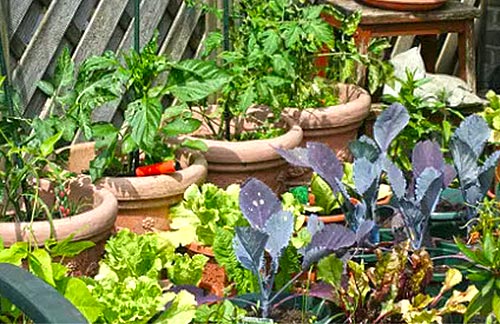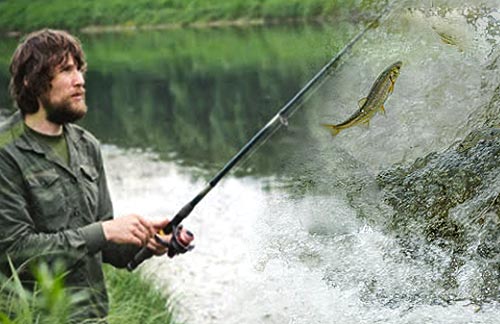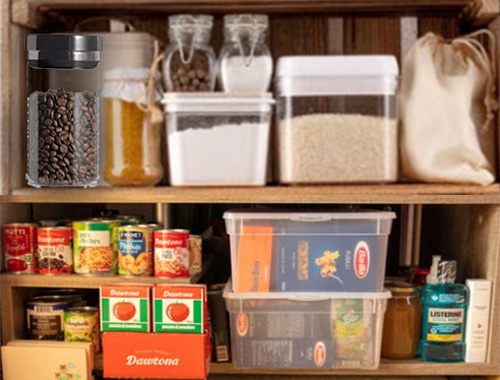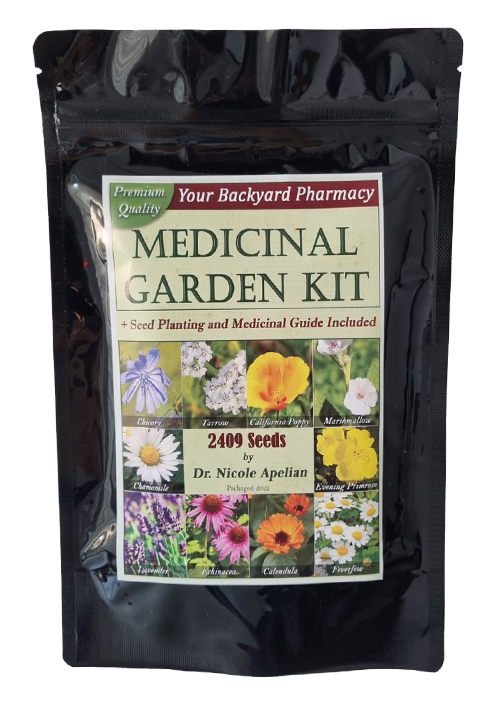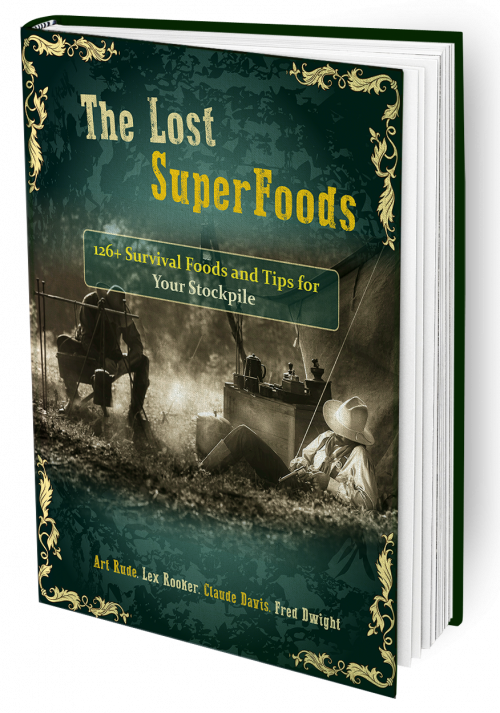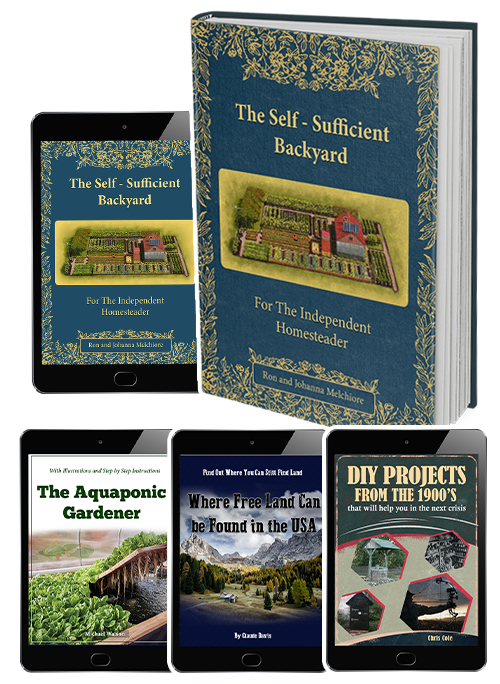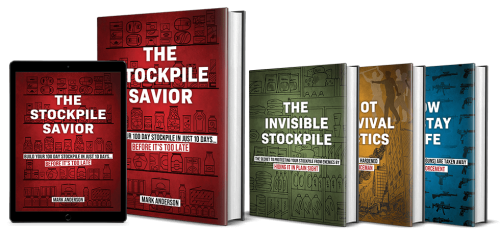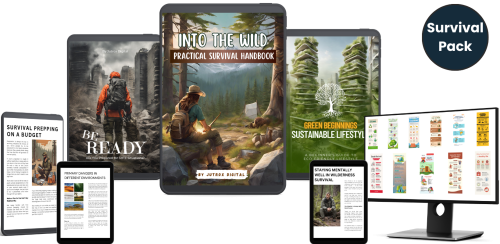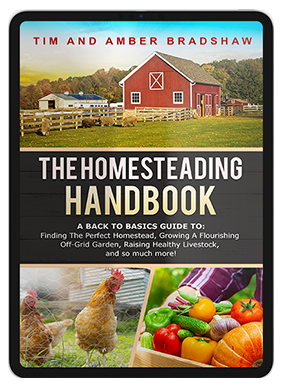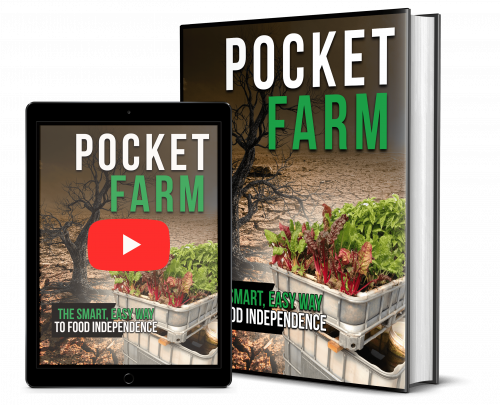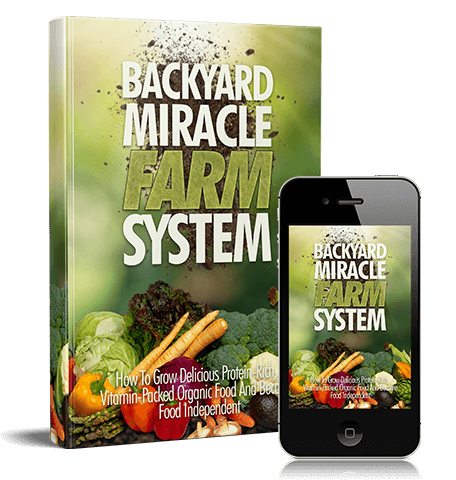- Home
- Food
Survival Food Storage
Introduction to
Survival Food Storage
Survival food storage, an essential aspect of preparedness, transcends mere sustenance, embodying resilience and adaptability in challenging times.
Historically, survival food storage strategies were not just about stockpiling but involved ingenious methods to preserve, store, and use food resources efficiently.
Ancient techniques, from curing and smoking by primitive cultures to sophisticated grain storage by ancient civilizations, laid the foundation.
Modern adaptations have refined these methods, incorporating advanced preservation technologies and comprehensive planning to ensure nutritional balance and longevity.
Understanding survival food is not just about what to store but also how to sustainably source, effectively preserve, and judiciously consume these resources, making it a vital skill for any survivalist or prepper.
The
Concept of
Survival Food Storage
In developing a comprehensive survival food storage program for "Secret-Survival-Strategies.com," it's essential to delve into both small-scale and large-scale food storage concepts.
Small-scale programs cater to individual or family needs, focusing on portability, convenience, and short-term sustenance.
These programs are designed for limited spaces and budgets, emphasizing the storage of non-perishable, nutrient-rich foods with a long shelf life. They are ideal for emergency situations or short-term disruptions.
On the flip side, large-scale food storage is geared towards long-term survival and self-sufficiency, suitable for communities or extended periods of uncertainty.
This approach involves more substantial investments in space and resources, requiring a diverse array of food types to ensure nutritional balance over time.
Key considerations include the preservation methods, rotation systems, and maintaining a balance of macronutrients, vitamins, and minerals.
Both small and large-scale programs must account for factors like climate, potential hazards, and accessibility to ensure effectiveness.
Ultimately, the goal is to provide a detailed, actionable guide that empowers readers to tailor a survival food strategy to their specific needs and scenarios.
Small-Scale
Survival Food Storage
Creating a small-scale survival food storage program involves careful planning and selection of essential items. Start by assessing your space, as small-scale storage should be compact yet efficient.
Focus on non-perishable, nutrient-dense foods like dried beans, rice, canned meats, vegetables, and fruits, as well as nuts, seeds, and whole grains. Include a variety of seasonings and salts for flavor and preservation.
Storage is key: use airtight containers to protect against pests and moisture, and keep your storage area cool, dark, and dry to extend the shelf life of your items.
Rotate your stock regularly to ensure freshness and to familiarize yourself with the foods you're storing. Don’t forget to include a manual can opener and basic cooking tools that don’t require electricity.
Remember, the goal of small-scale food storage is not just to survive, but to maintain a balanced diet during emergencies. Planning should be practical, budget-conscious, and tailored to your personal dietary needs and preferences.
Large-Scale
Survival Food Storage
Large-Scale Survival Food Storage is an extensive endeavor that requires meticulous planning and execution.
The first step is identifying a suitable storage location, ideally a cool, dry, and dark space.
Prioritize the purchase of long-lasting staples such as grains, legumes, powdered milk, and canned goods.
Diversifying your stockpile ensures a balanced diet, incorporating various food groups like proteins, carbohydrates, and fats, as well as essential vitamins and minerals.
Regularly rotate your stock to maintain freshness and use clear, stackable containers for efficient organization.
Additionally, consider investing in bulk preservation methods such as vacuum sealing or freeze-drying for perishables. Educate yourself on proper food safety and storage techniques to maximize the longevity and utility of your food reserves.
This large-scale approach not only ensures survival but also sustains a healthy, varied diet in prolonged emergency situations.
Survival
Food Storage
Preparation Techniques
In emergency situations, being able to prepare food without heat or refrigeration is a vital skill.
These techniques focus on using non-perishable food items that can be consumed as-is or with minimal preparation. Key items include canned goods, dried fruits and nuts, and shelf-stable dairy products.
Innovative cooking methods without electricity or gas involve alternative solutions like solar cookers or fuel-efficient rocket stoves.
These methods are not only sustainable but also practical in off-grid scenarios.
Preserving food in the absence of refrigeration relies heavily on traditional techniques like salting, drying, smoking, and fermenting.
These methods have been used for centuries and are effective in prolonging the shelf life of perishable items. Mastery of these skills can ensure a reliable food supply even in challenging conditions.
Foraging
and Natural Survival Food Sources
Foraging and identifying natural food sources are crucial skills in survival and self-sufficiency. Foraging involves gathering wild food from nature, which can include a variety of plants, nuts, fruits, and insects.
When foraging, it's essential to have a comprehensive understanding of the local environment and the seasonal availability of different food sources.
Identifying edible plants is a key aspect of foraging. This requires knowledge of plant species, their habitats, and how to safely prepare them for consumption.
Many plants are not only nutritious but also have medicinal properties. However, it's vital to be aware of poisonous look-alikes and to always err on the side of caution.
Insects, often overlooked, can be an excellent source of protein. However, it's important to know which insects are safe to eat and how to prepare them.
For instance, some cultures regularly consume insects like crickets, grasshoppers, and ants.
Preservation methods such as drying, smoking, and fermenting can extend the shelf life of foraged foods.
These traditional techniques are invaluable in a survival context, allowing for the storage of food over extended periods.
Foraging not only provides sustenance but also deepens one's connection with nature and understanding of the ecosystem. It's a skill that requires patience, respect for nature, and continuous learning.
Growing and Harvesting
Your Own Survival
Food
Growing and harvesting your own food for self-sufficiency is an empowering and sustainable approach to survival. It involves adopting methods of sustainable agriculture and permaculture, which focus on creating eco-friendly, efficient food systems.
These practices emphasize soil health, water management, and biodiversity, aiming to create a self-sustaining ecosystem.
In sustainable agriculture, choosing crops involves considering the local climate, soil type, and water availability.
It's important to select a variety of crops to ensure a balanced diet and year-round food supply. This might include staple crops like potatoes, beans, and grains, as well as vegetables and fruits for vitamins and minerals.
Livestock selection for self-sufficiency should align with your land's capacity and your food needs.
Chickens, for example, are a popular choice as they provide eggs and meat while requiring relatively little space. Goats can be an excellent source of milk and meat and are known for their adaptability.
Incorporating permaculture principles involves designing your farming space to mimic natural ecosystems, maximizing efficiency and sustainability.
This includes practices like crop rotation, companion planting, and integrating animal systems for natural fertilization.
Overall, growing and harvesting your own food is a journey that requires patience, knowledge, and a deep connection with the land. It offers a fulfilling way to ensure food security and resilience in times of uncertainty.
Hunting
and Fishing for Survival Food
In survival scenarios, mastering hunting and fishing techniques is vital for securing a reliable food source.
These skills require understanding animal behavior, tracking, and effective use of tools like bows, spears, traps, and fishing lines. Knowledge of local wildlife, including fish species and their habitats, is crucial.
For hunting, tools can range from simple handmade spears to more complex bows and arrows. Traps and snares are effective for small game.
In fishing, techniques like hand lines, spears, and nets are useful. It's important to know local regulations regarding hunting and fishing, even in survival situations.
Preserving meat and fish without modern conveniences is equally important. Traditional methods like smoking, drying, and salting are effective for long-term storage.
These methods not only preserve the food but also add flavor. Understanding these preservation techniques is essential for ensuring a steady supply of protein and nutrients in survival situations.
Preparing
for Specific Scenarios
Preparing for specific survival scenarios involves tailoring your survival food strategy to different situations, such as natural disasters or economic collapse.
Each scenario demands a unique approach to food storage, selection, and preparation.
For instance, in the case of natural disasters like hurricanes or floods, focusing on non-perishable, waterproof, and easy-to-prepare food items is essential.
In contrast, economic collapses might require a long-term strategy, emphasizing sustainable food sources like home gardens and livestock.
Learning from historical events and survival stories is invaluable. These accounts provide insights into effective strategies and common mistakes.
For example, during prolonged sieges or blockades in history, people had to rely on stored grains, preserved meats, and foraging.
These lessons highlight the importance of having a diverse and adaptable food strategy that can withstand various challenges.
Tailoring your approach based on specific threats, available resources, and personal capabilities is crucial.
This means not only stockpiling the right kind of food but also acquiring the skills and knowledge to procure and sustain food sources in the long run.
Practical Tips and Common Mistakes
Creating and maintaining a survival food program requires careful planning and attention to detail. Here are some practical tips and common mistakes to consider:
Do's:
- Diversify Your Food Storage: Include a variety of food groups to ensure balanced nutrition.
- Regularly Rotate Stock: Consuming and replacing items in your emergency food supply prevents spoilage and waste.
- Proper Storage Conditions: Store food in cool, dry places to prolong shelf life.
- Learn Preservation Techniques: Understand methods like drying, canning, and smoking to preserve different types of food.
- Plan for Water Needs: Ensure you have a reliable water source and means of purification.
Dont's:
- Ignoring Nutritional Value: Don’t just stockpile calories; focus on nutrient-rich foods.
- Forgetting Food Rotation: Storing food for years without using it can lead to spoilage.
- Overlooking Food Preferences and Allergies: Stock foods that are familiar and safe for your family.
- Lack of Variety: Relying on a single type of food can lead to palate fatigue and nutritional deficiencies.
- Inadequate Planning: Failing to consider the specific needs of your household, such as dietary restrictions or the number of people, can lead to insufficient supplies.
Avoiding common pitfalls involves being mindful of both the quantity and quality of the food you store, understanding the needs of those who will be consuming the food, and regularly reviewing and adjusting your food storage strategy.
Remember, a well-planned survival food program is an ongoing process that requires periodic assessment and adaptation.
If you would like to read more about Survival Food Storage, click here.
Conclusions About Survival Food
Creating and maintaining a comprehensive survival food program is a multifaceted endeavor that requires thoughtful planning, adaptability, and continuous learning.
The key takeaways from this comprehensive web page include understanding the importance of diversifying your food storage, being mindful of nutritional needs, and learning preservation techniques.
It's crucial to tailor your food strategy to specific scenarios like natural disasters or economic downturns and to draw lessons from historical survival events.
Additionally, skills like foraging, sustainable agriculture, and hunting and fishing are invaluable.
Above all, the journey towards self-sufficiency in food is ongoing and dynamic, necessitating proactive learning and adaptation to new challenges and information.
We encourage you to continually expand your knowledge and skills in survival food strategies. This is essential for long-term resilience and preparedness.
Be sure to check out the "vital details" of our new
Survival Intelligence Blackfile.
